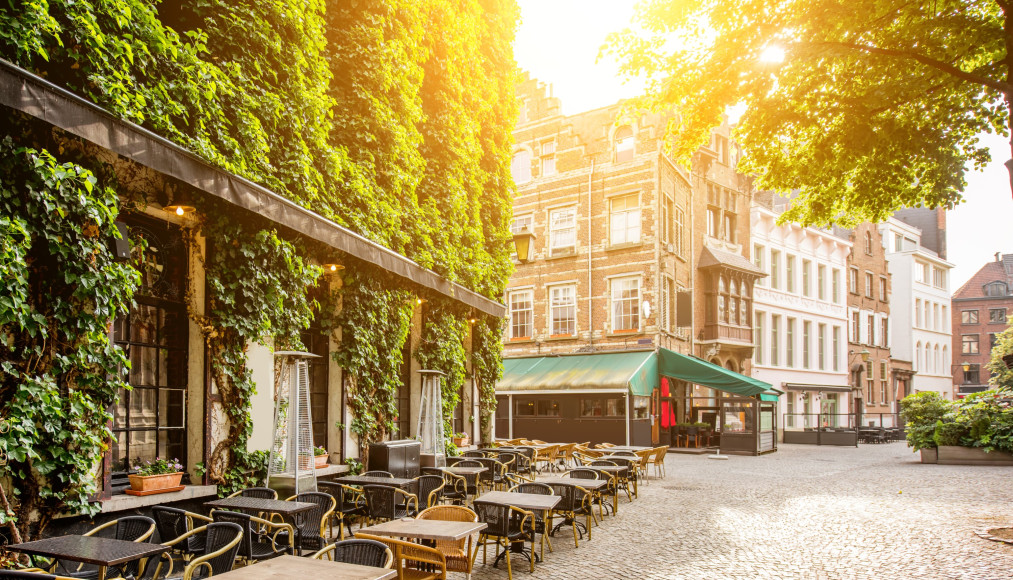We are increasingly facing extreme heat events due to climate change. Therefore, together with Ghent University and the RMI, we investigate the impact of green and blue infrastructures on microclimate and thermal comfort in urban areas. Through advanced climate modelling at multiple scales, this research provides insights into creating a climate-resilient society.
Microclimate modelling for urban redevelopment
For this research, we use microclimate models in addition to traditional climate models to study the influence of different infrastructural elements on the urban microclimate. Here, we focus on two urban redevelopment sites in urban areas. Before and after redevelopment, various microclimate parameters are measured on site using three weather stations per site, each focusing on a different microenvironment.
The measured data collected serve to validate the ENVI microclimate model, which is then deployed to model both existing and future local environments. This makes it possible to identify the impact of green and blue infrastructures, both existing and new, in different climate and development scenarios. We are already currently applying this way of working with a microclimate study on the Scheldt quays as well as at the Eikelplein in Tessenderlo.
Insights into current results and practical applicability
By considering both measurement differences and simulation results, we can identify the microclimate impacts of urban green space and water. It studies how different factors play a role in the results, such as tree species, water flow, soil types and planting orientation. The ultimate goal is to generate practical knowledge directly applicable in urban planning and architecture, so that professionals in these fields are able to design climate-resilient living environments. In doing so, we contribute to a resilient and comfortable future for city dwellers.
Want to know more about this research?
I am happy to help!



